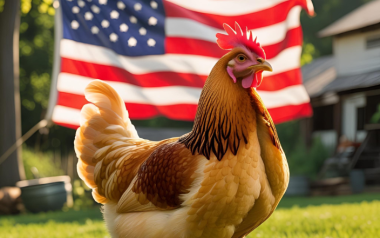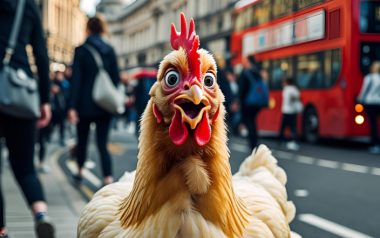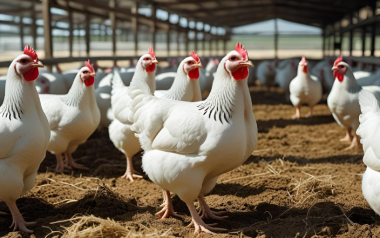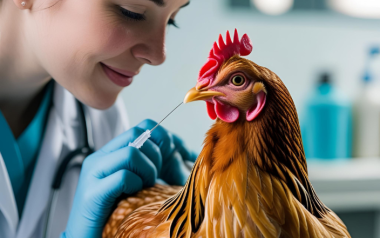14 Aug 2020
A short introduction to Avian Fowlpox and its impact on poultry
Fowlpox is a slow-spreading viral infection that’s known to impact almost all avian species. Its wet form of infection leads […]
Available in other languages:
Fowlpox is a slow-spreading viral infection that’s known to impact almost all avian species. Its wet form of infection leads to the build-up of plaques in the mouth and upper respiratory tract, where as the dry form presents wart-like skin lesions which eventually transforms into scabs.
Although this infection can take place at any time and at any age of the birds, it is more common to observe it as flocks get older. Mortality is uncommon, however, it tends to get exacerbated when a secondary infection; especially of respiratory nature, is present.
It does have significant economic impacts though, as it causes depression, reduced appetite, and poor growth or egg production. The course of the disease in an individual bird can be anywhere between three to five weeks.
How does Fowlpox infection and transmission occur?
It is caused by an avian pox virus.
The infection can be via skin abrasions or insect bites, and the respiratory tract. This means that a direct contact between a healthy chicken with an infected one is enough for transmission.
Mosquitoes and mites are known vectors of this virus, can carry them at potent levels for about a month, and can very easily pass the infection to healthy members of the same flock through their bites.
Pecking or accidental digestions of infected scabs is another possible method of transmission, as the virus is highly resistant within the dried scabs. Flocks can remain affected for a few months, due to fact that it is a slow-spreading virus.
Symptoms of Fowlpox:
As preliminary signs, the birds start to develop blisters around the head, inside the beaks and eyelids, even under the wings and feet. These blisters grow rapidly, turn yellow then dark brown, and after 2-4 weeks they become dry scabs.
Birds will also display a clear discharge from the beaks and eyes, and will also start to develop pus in those areas. Depression, poor appetite and a drop in egg production are common consequent observations.
Many of the birds within the flock can recover, and it’s important to point out that recovered birds are no longer carriers of the disease. However, Fowlpox significantly impacts the birds’ immune systems, and can reduce resistance to other infections. In such cases we start to notice rapid weight loss in some birds and eventually their death.
To this day, there are no known treatments for this disease.
What are the main prevention and control methods?
Prevention of replacement birds is a possible solution, preferably when they are between 6 to 10 weeks old. There is even one application of fowl pox vaccine which results in permanent immunity.
Vaccination is also highly recommended when the location has a known history of high mosquito populations or previous incidences of this disease in general. Broiler chicks can be vaccinated as young as one day of age.
Unaffected flocks/individual birds can be vaccinated to help limit the spread.
Another method of control can be via broad-spectrum antibiotics, but this is in case of evidence of secondary bacterial infection. The antibiotics can help to reduce morbidity and lower mortality.
Mosquito control procedures is also beneficial in limiting spread, as they are known reservoirs. Mites and lice can be dealt with effectively with proper application of insecticides.
Source: https://www.standardmedia.co.ke/farmkenya/news/article/2001380464/what-you-need-to-know-about-fowlpox








































